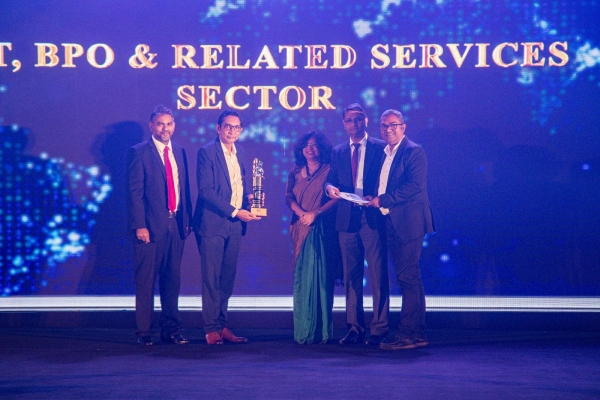hSenid Business Solutions PLC (hSenidBiz) recently appointed Ishan Fernando as their Vice President – Engineering.
With over 16 years of experience, Ishan has a proven record in delivering product and customized business solutions to multinational organizations with a background in IT and Finance. Specializing in building technical teams, his strategic approach and product expertise have successfully groomed cross-functional teams to deliver within budgets and excel in client engagement.
Prior to hSenidBiz, Ishan held leadership positions in Engineering at CodeGen and IFS-Global Enterprise Software Solution Provider.
Commenting on his plans for hSenidBiz, Ishan mentioned,” I am thrilled to contribute to the innovative spirit at hSenidBiz and shape its technological future as the Vice President of Engineering. With the experience and exposure that I have gained throughout the years, my mission here is to lead hSenidBiz towards excellence by championing Engineering best practices in Software Development. I’m committed to steering the company’s technological evolution, ensuring we embrace the right tools and strategies for sustainable growth.”
Addressing the new appointment, Sampath Jayasundara, CEO of hSenidBiz, stated,” Ishan’s exposure in heading product engineering teams and expertise in the area will be a critical addition to not just hSenidBiz domain but also the global leadership team. We are excited to have him on board and look forward to achieving our market development goals in taking hSenidBiz forward as a global brand.”
Adding to his comment, the Chief Product Owner of hSenidBiz, Asitha Goonewardena, mentioned, “Having Ishan on the product team is a great addition to the PeopleHR product journey. His exposure to global best practices in engineering will be invaluable input to the entire product engineering team. As a member of the leadership team, I look forward to achieving the overall product objectives with Ishan and warmly welcome him to the team.”
hSenidBiz is a trusted name in the HR Tech industry with over 25 years of experience in Asia and the APAC region. hSenidBiz has supported over 1600 HR departments in over 40 countries while operating across 6 nations with over 1 million users. The HR ecosystem encapsulates all HR requirements including a marketplace built for HR professionals, tracking & security solutions and collaboration tools for employees, and the convenience of HR outsourcing.









